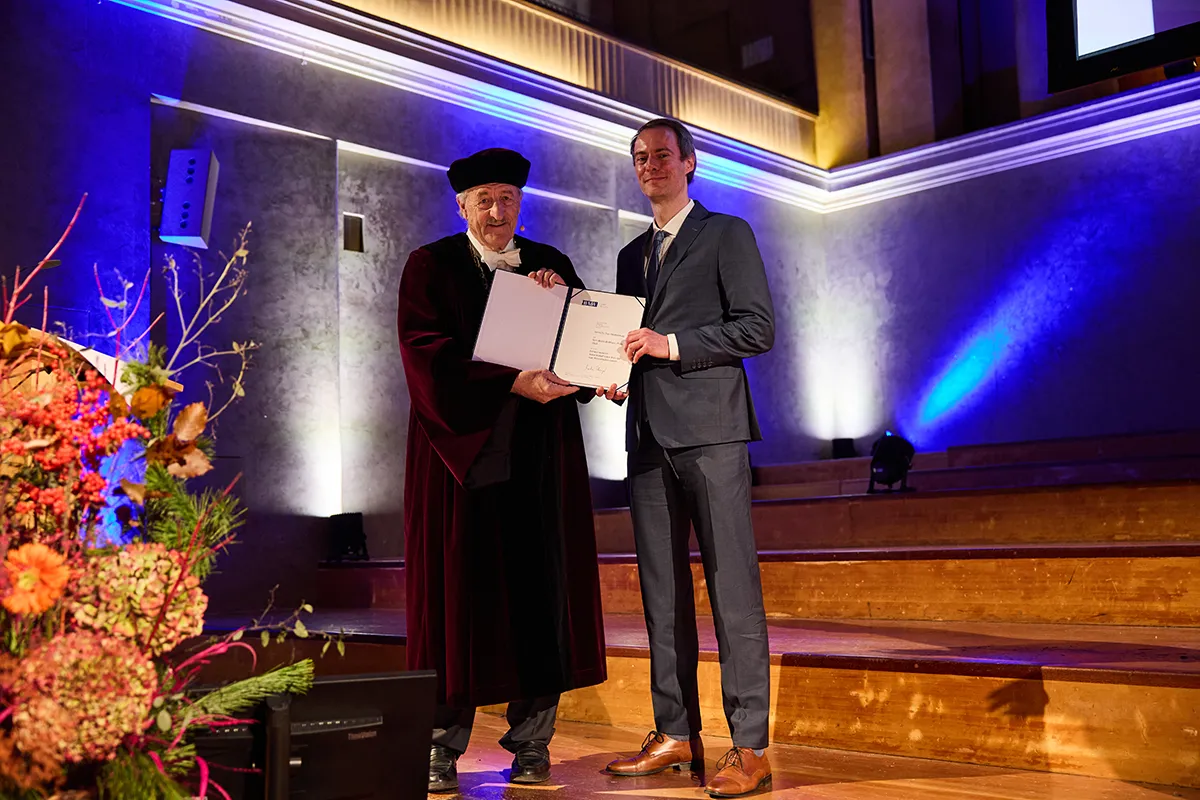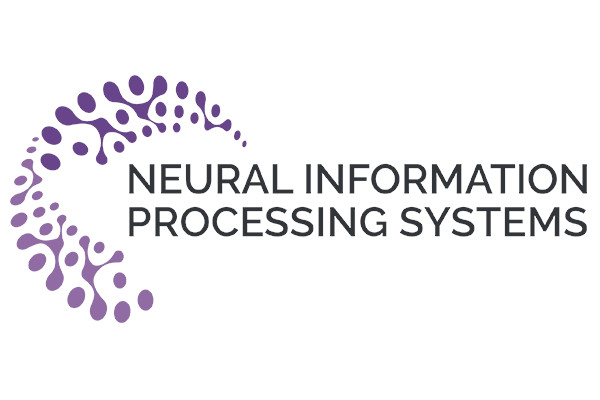15.09.2025

Robots Seeing in the Dark - With Researcher Yannick Burkhardt
Research Film
What if robots could see in the dark and react faster than any human? Yannick Burkhardt, researcher at TUM and MCML, researches event cameras that capture motion in a revolutionary way. Unlike traditional cameras that take full pictures at fixed intervals, event cameras detect every tiny change in light—up to a million times per second—and feed this data into machine learning models.
This technology allows robots to perceive their environment in real time with incredible speed and precision, even in challenging lighting conditions. Applications include self-driving cars that can navigate busy streets more safely.
This video is part of the project KI Trans, an initiative in collaboration with TüftelLab and Uta Hauck-Thum from Ludwig-Maximilians-Universität München, focused on equipping teachers with the essential skills to navigate AI in schools. The project is funded by the Bundesministerium für Forschung, Technologie und Raumfahrt as part of DATIpilot.
©MCML
Related

©BAdW / Karl Neunert
08.12.2025
Tom Sterkenburg Wins Karl-Heinz Hoffmann Prize of the Bavarian Academy of Sciences
MCML JRG Leader Tom Sterkenburg receives the Karl-Heinz Hoffmann Prize of the BAdW for his interdisciplinary research.

©Juli Eberle / TUM / ediundsepp Gestaltungsgesellschaft
04.12.2025
World’s First Complete 3D Model of All Buildings Released
Xiaoxiang Zhu’s team releases GlobalBuildingAtlas, a high-res 3D map of 2.75B buildings for advanced urban and climate analysis.

04.12.2025
When to Say "I’m Not Sure": Making Language Models More Self-Aware
ICLR 2025 research by the groups of David Rügamer, and Bernd Bischl introduces methods to make LLMs more reliable by expressing uncertainty.

©MCML
01.12.2025
Research Stay at Princeton University
Abdurahman Maarouf spent three months at Princeton with the AI X-Change Program, advancing causal ML and studying short-form video platform effects.
